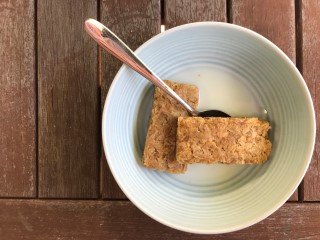 Participants are needed for a new Children's Diabetes Centre study looking at the patterns in glucose rise after meals.
Participants are needed for a new Children's Diabetes Centre study looking at the patterns in glucose rise after meals.
The aim of this study — Identification of Individual Patterns of Postprandial Glycaemia in Type 1 Diabetes — is to find out whether we see similar patterns in the rise in glucose levels for a young person with diabetes for meals eaten at home and whether the pattern of glucose rise is different between people.
Research assistant Sabrina Binkowski said it was often a challenge for those with type 1 diabetes to work out how to deliver insulin to prevent glucose rising after a meal because the correct amount of insulin needed to be given at the right time to match the arrival of glucose into the blood.
“Recent clinical studies have found that people may differ in the time that insulin is needed,” she said.
“It has also been noted that the optimal timing of insulin delivery is quite consistent for each person after different meals.
“We hope the study will give us information that we can use to give each person individual advice to help reduce the rise in glucose levels after meals. This is opposed to giving everyone the same advice and finding that it doesn’t work well for some people.”
We are looking for children aged eight to 15 years who have had type 1 diabetes for more than one year, have a HbA1C ≤ 9%, have been on multiple daily injections or a pump for more than six months and are currently using a CGM. Participants must also not have coeliac disease or any allergy that may prevent them from eating the test meal (Weetbix, milk and toast).
Most of this study will be conducted in your own home, and we will only require you to attend The Kids Research Institute Australia for one initial visit.
For more information, please contact research assistant Sabrina Binkowski on 6456 4617 or Sabrina.Binkowski@health.wa.gov.au.
